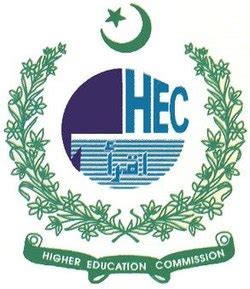Mapping Adaptive Capacity of Urban Residents: A Case Study of Rawalpindi, Pakistan
DOI:
https://doi.org/10.51732/njssh.v8i2.141Keywords:
Climate Change, Health Hazards, Adaptive Capacity, Urban Planning, Clean Drinking WaterAbstract
The study estimated the adaptive capacity ranking of urban union councils of Rawalpindi through composite index considering fifteen economic, social, and institutional indicators as drivers of adaptive capacity through a structured questionnaire. The required sample size was 385 households and questionnaires were distributed to the residents of thirty urban union councils at random. The results showed that union councils of MC Stadium Block B, Khayaban e Sir Syed (KSS) Sector III and New Katarian- I had adaptive capacity 709, 676, and 674 respectively. Lakhan union council was found to have the lowest adaptive capacity of 422. The difference between the lowest and the highest adaptive capacity is surprisingly high with the difference of 287. KSS Sector III had highest savings ratio as compared to other union councils. New Katarian-I was bestowed with institutional as well as non-institutional sources of loan. Lakhan was found to be weak in almost all indicators of adaptive capacity except availability of institutional and non-institutional sources of loan. Pakistan, with high mass urban population, needs to be well prepared for climate change risks as well as health hazards, therefore, new planned urban spaces are a dire need.








